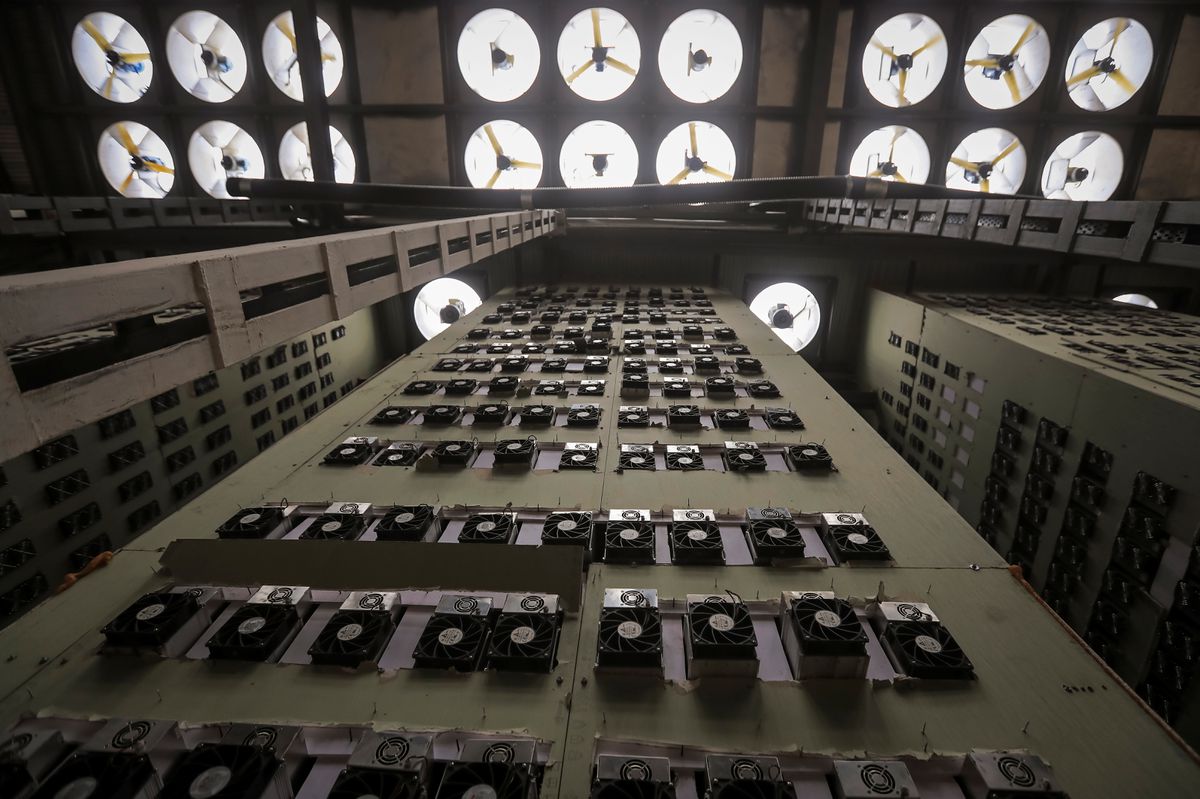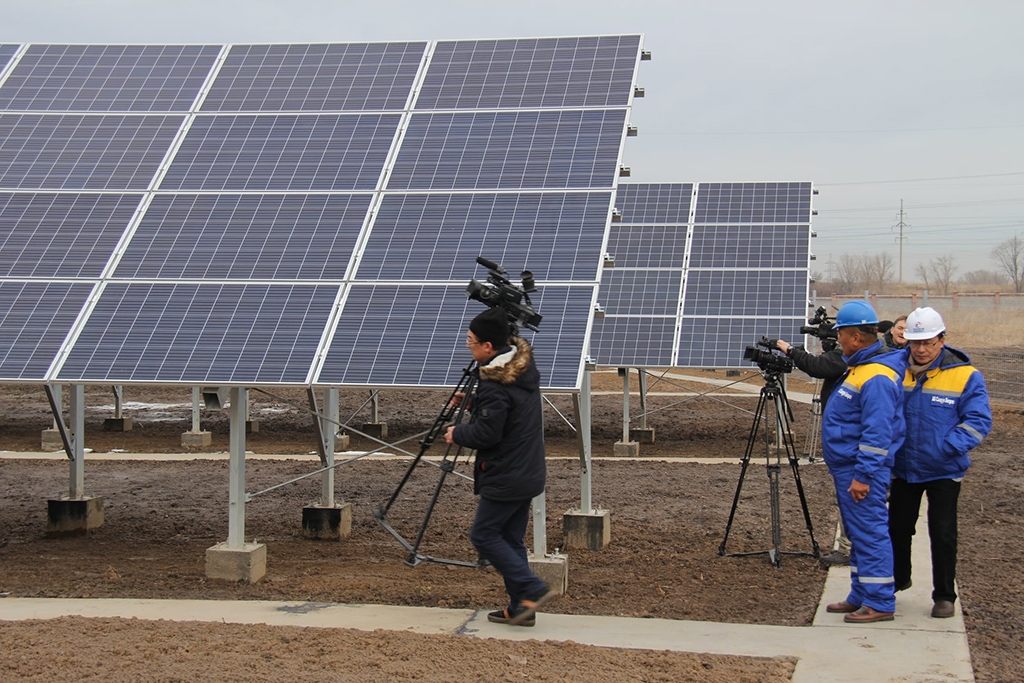Kazakhstan’s Crypto Miners Face New Regulations After Contributing to Power Shortages
Original Article: https://www.coindesk.com/policy/2021/11/12/kazakhstans-crypto-miners-face-new-regulations-after-contributing-to-power-shortages/
Kazakhstan’s energy grid is coming apart at the seams because of the massive influx of bitcoin miners. But that might turn out to be a blessing in disguise as the government and industry look for a response that won’t decimate the industry.
The Central Asian country’s share of the global hashrate – the amount of computer processing power spent mining bitcoin – roughly doubled since May, when Chinese miners, banished from their own country, started moving operations overseas.
Kazakhstan is now dealing with electricity shortages, a problem that was hard to anticipate in an energy-rich country that normally has excess electricity. Government officials have blamed the issues on the influx of miners.
In response, the national grid operator KEGOC is rationing electricity provided to mines, and the Ministry of Energy has proposed a law that would introduce limits for any newly licensed cryptocurrency mines to 1 megawatt (MW) per mine and 100MW for the entire country
On Nov. 10, the energy minister called on them to look for green energy solutions to the electricity conundrum.
Despite these regulatory moves, five crypto miners with operations in Kazakhstan told CoinDesk that they remain hopeful: In their view, the government is just trying to deal with the pressing electricity shortages, but remains friendly towards mining.
More than that, some of them think that the influx of Chinese miners will empower Kazakhstan to deal with age-old problems in its electricity sector, including outdated infrastructure and a reliance on coal.
On Nov. 10, the energy minister called on them to look for green energy solutions to the electricity conundrum.


Despite the energy crisis it has caused, crypto mining “has a good future in Kazakhstan,” in part “because the government wants to support renewable energy power production,” said Denis Rusinovich, co-founder of CMG Cryptocurrency Mining Group and Maverick Group.
The shortages
Kazakhstan, the largest country in Central Asia, sits on some of the world’s largest deposits of oil, natural gas, coal and uranium. It is a net energy exporter because it produces more than it can absorb.
But when Chinese miners set up shop in Kazakhstan, they took up any excess capacity and the surplus disappeared, said two crypto miners with operations in Kazakhstan, a representative for Kazakhstan’s largest mine hosting firm Enegix, Rusinovich and Didar Bekbau, co-founder of Kazakh mining firm Xive.io.
In a Nov. 4 interview with local news outlet Tengrin News, Minister of Energy Magzum Myrzagaliev said that Kazakhstan’s electricity demand had been steadily growing by 1%-2% annually until about 10 months ago. Starting 2021, demand has grown 8%, or about 1,000MW-1,200MW, which Myrzagaliev said was due to crypto mining.
This lack of electricity quickly became a problem for the national grid, with Almaty, the former capital and largest city in Kazakhstan, suffering a total blackout in mid-July.
The shortages are expected to worsen as winter approaches, when demand usually rises for heat. Kazakhstan’s winter temperature averages between -9°C and -12°C, according to the World Bank’s Climate Knowledge Portal.
To deal with the shortage, KEGOC started cutting off electricity to some miners in September, particularly in the southern part of the country.
Bekbau said one of their mines in the south has been shut down whilst others are facing electricity rationing. Rusinovich said the longest shutdown he is aware of lasted two days and occurred around mid-October. The Enegix representative said their mines are facing electricity restrictions during peak hours for about four to six hours per day.
The rationing not only applies to crypto mines. KEGOC announced planned outages for various consumers in October. But miners are a low priority to the government, so when there is a shortage, they are the first ones in the line of fire, Bekbau said.
The south is particularly vulnerable because it isn’t home to power plants. Electricity is mainly generated in the north part of the country, close to Kazakhstan’s rich coal deposits. Out of Kazakhstan’s 21,000MW of installed electricity capacity in 2017, more than half came from coal, the overwhelming majority of which was produced in the north, the World Bank said in a 2017 report.
But the Soviet-era national grid is not able to carry the electricity to the south, where installed capacity is scarce, Rusinovich and Bekbau said.
However, two other miners who wished not to be identified for this article because they weren’t authorized to speak on the matter, denied facing any forced electricity shutdowns.
Cleanup
The power restrictions come with a cleanup operation, whereby the government is trying to crack down on unauthorized mines that tap into the national grid without the right approval from authorities, including KEGOC.
Increasing numbers of illegal miners have contributed to the electricity deficit, Enegix CEO Yerbolsyn Sarsenov told CoinDesk in a statement.
KEGOC did not respond to CoinDesk’s request for comment on this article.
Energy minister Myrzagaliev blamed the electricity shortages on the influx of miners. According to the minister, gray miners in Kazakhstan consume 340MW of electricity, vis-a-vis 600MW consumed by lawful mining operations, he said in an interview with Tengrin News.
But the capacity going to gray mines is hard to estimate and might be as high as 1,000MW-1,200MW, Vice Minister Zhurebekov told Tengrin News.
President Kassym-Jomart Tokayev instructed the energy minister to quickly set up a regulatory framework which would allow existing “white” miners to continue their work without additional restrictions, according to an Oct. 29 meeting readout.
Comments
-
-
Mark Jonson
Quis hendrerit dolor magna eget. Pretium nibh ipsum consequat nisl. Nunc eget lorem dolor sed viverra ipsum nunc aliquet bibendum.
-





Jena Smithson
Morbi tincidunt ornare massa eget. Dapibus ultrices in iaculis nunc sed augue lacus viverra vitae. Malesuada fames ac turpis egestas integer eget aliquet tellus id interdum.